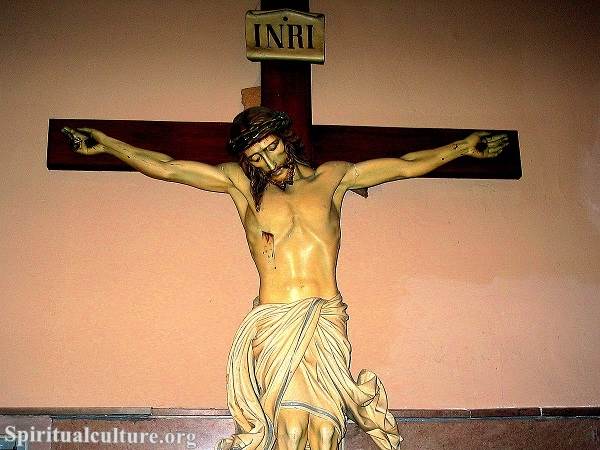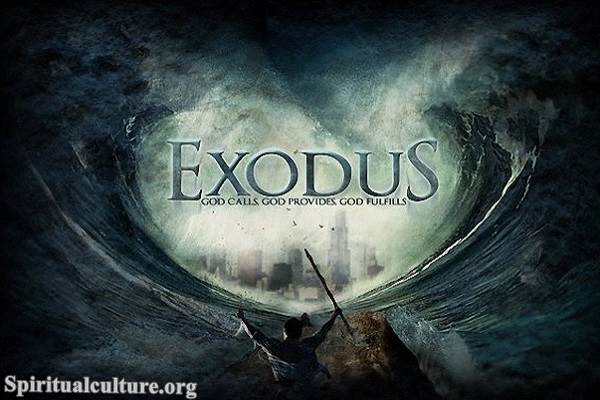The Jewish festival of Sukkot is a beautiful convergence of history, spirituality, and nature. It is a week-long celebration rooted in both the agricultural cycles of the land and the spiritual journey of a people whose faith endures across centuries.
More than a religious observance, Sukkot is a deeply human experience — of dwelling, remembering, rejoicing, and trusting. It asks us to step outside the walls of comfort and into fragile structures of faith, where joy is not dependent on possessions, but on presence — divine presence, family presence, communal presence.
In this article, Spiritual Culture walks with you through the meaning, symbols, and practices of Sukkot. Why do Jews eat and even sleep in temporary huts? Why are palm branches waved in six directions? Why is joy not just encouraged but commanded? Let’s explore this festival of sacred dwelling.
The Origins of Sukkot: A Feast of Remembrance and Rejoicing
Sukkot in the Torah
Sukkot is one of the three shalosh regalim — the major pilgrimage festivals commanded in the Torah. It is described in Leviticus 23:42–43:
“You shall dwell in booths for seven days… so that your generations may know that I made the people of Israel dwell in booths when I brought them out of the land of Egypt.”
Here, the festival serves a dual purpose: historical and agricultural. It commemorates the Israelites’ 40-year journey in the wilderness, living in temporary shelters under God’s protection. Simultaneously, it marks the harvest season — the Feast of Ingathering at the end of the agricultural year (Exodus 23:16).
A Festival of Joy
The Torah calls it Z’man Simchateinu — “the season of our joy.” Deuteronomy 16:14–15 commands not only to observe but to rejoice:
“You shall rejoice in your festival… you shall be altogether joyful.”
This theme of joy is so integral that some Jewish sages say that whoever has not seen the joy of Sukkot in Jerusalem has never truly seen joy.
Building the Sukkah: A Shelter of Faith
What Is a Sukkah?
A sukkah is a temporary hut constructed for the duration of the festival. Its primary features include:
- At least three walls — can be made from wood, canvas, or other materials.
- A roof of natural materials (s’chach) — such as palm branches, bamboo, or leaves, through which the stars are visible.
- Open to the elements — intentionally fragile and exposed to the sky.
This fragility is not a flaw — it’s the point. The sukkah symbolizes human vulnerability and the sheltering presence of God.
As the Talmud teaches, “Leave your permanent home and dwell in a temporary one.”
Living in the Sukkah
For seven days (eight outside Israel), Jews:
- Eat meals in the sukkah — every meal becomes sacred.
- Invite guests — both physical and spiritual, in the tradition of ushpizin, welcoming biblical figures like Abraham, Moses, and David.
- Some even sleep in the sukkah — depending on climate and tradition.
The act of dwelling in the sukkah reminds the soul that life is transient, and yet, in this transience, God is constant.
The Four Species: Lulav and Etrog
What Are the Arba Minim?
Another central mitzvah of Sukkot is the waving of the arba minim — the Four Species:
- Lulav – a closed frond of a date palm
- Hadassim – three myrtle branches
- Aravot – two willow branches
- Etrog – a citron (a lemon-like fruit)
These are bound together (except the etrog) and waved each day during prayers.
Symbolism of the Four Species
There are many layers of meaning. A well-known interpretation is that each species represents different parts of the body or types of people:
- Etrog (heart) – has both taste and fragrance (good deeds and wisdom)
- Lulav (spine) – taste but no fragrance (deeds but no wisdom)
- Hadassim (eyes) – fragrance but no taste (wisdom but no deeds)
- Aravot (lips) – neither taste nor fragrance (neither wisdom nor deeds)
Together, they represent the unity of all people in service to God.
Waving in All Directions
The species are waved in six directions — east, south, west, north, up, and down — symbolizing that God’s presence is everywhere.
Psalm 118:27: “Bind the festival offering with cords to the corners of the altar.”
The waving is a mystical, embodied prayer, calling down blessings and acknowledging divine omnipresence.
Sukkot in the Synagogue and Community
Daily Services and Hallel
Each day, special prayers and psalms are recited:
- Hallel — a joyful recitation of Psalms 113–118
- Hoshanot — processions around the synagogue with the Four Species, calling out “Hoshana!” (“Please save!”)
On Hoshanah Rabbah (the seventh day), the service is lengthened with seven circuits, symbolizing the final sealing of divine judgment begun at Rosh Hashanah and Yom Kippur.
Simchat Beit HaShoevah: The Joy of the Water Drawing
In ancient times, water was drawn from the Pool of Siloam and poured at the Temple altar in a joyful nighttime celebration. The Mishnah states:
“Whoever has not seen the celebration of the Water Drawing has never seen joy in their life.” (Sukkah 5:1)
Though the Temple is gone, modern celebrations often include music, dancing, and communal rejoicing in honor of this memory.
The Eighth Day: Shemini Atzeret and Simchat Torah
What Is Shemini Atzeret?
Following the seven days of Sukkot is an additional sacred day: Shemini Atzeret — “the Eighth [day] of Assembly” (Leviticus 23:36). It is both connected and distinct.
It symbolizes an intimate moment with God, like a host saying to a beloved guest, “Stay with me one more day.”
Simchat Torah: Rejoicing in the Law
In the Diaspora, Simchat Torah is celebrated on the second day of Shemini Atzeret. It marks the completion of the annual Torah reading cycle and the immediate beginning of the new one.
It is celebrated with:
- Dancing with Torah scrolls around the synagogue
- Joyful singing and celebration
- Aliyot (call-ups to the Torah) for every congregant
This festival within a festival reminds the Jewish soul that joy is found not only in the harvest, but in the Word of God itself.
The Spiritual Depth of Sukkot: Dwelling with Trust
The Meaning Behind the Rituals
Sukkot is not merely about external observance. It invites the soul to dwell in faith — to step out of permanence, materialism, and ego, and into a space of vulnerability, gratitude, and joy.
- The sukkah teaches humility and divine trust.
- The Four Species teach unity, diversity, and wholeness.
- The joy is not circumstantial — it is commanded, cultivated, and shared.
As Rabbi Jonathan Sacks wrote:
“Sukkot is the festival of insecurity — yet it is called the season of our joy. Because faith is the ability to rejoice in the midst of uncertainty.”
Sukkot and the Human Condition
In many ways, Sukkot is a metaphor for life:
- We build homes — but they are never fully secure.
- We work and gather — but true fulfillment is not in accumulation.
- We seek shelter — and God offers it in presence, not permanence.
This is the quiet revolution of Sukkot. It declares that meaning is found in relationships, in rhythm, in memory, and in spirit — not in bricks or wealth.
What This Means for You
Sukkot speaks beyond Judaism. It offers a timeless reminder for all humanity:
- That joy can be chosen, even in fragility.
- That trust is deeper than certainty.
- That community matters more than comfort.
Whether or not you build a sukkah, we are all dwelling in temporary shelters. The question is: what spirit do we bring into them?
May this sacred season inspire you to find joy not in what shelters you, but in who walks with you. And may we all remember — that even in the wilderness, there is divine shelter.
Spiritual Culture invites you to reflect:
What would it look like to build more spaces of sacred vulnerability in your life?


